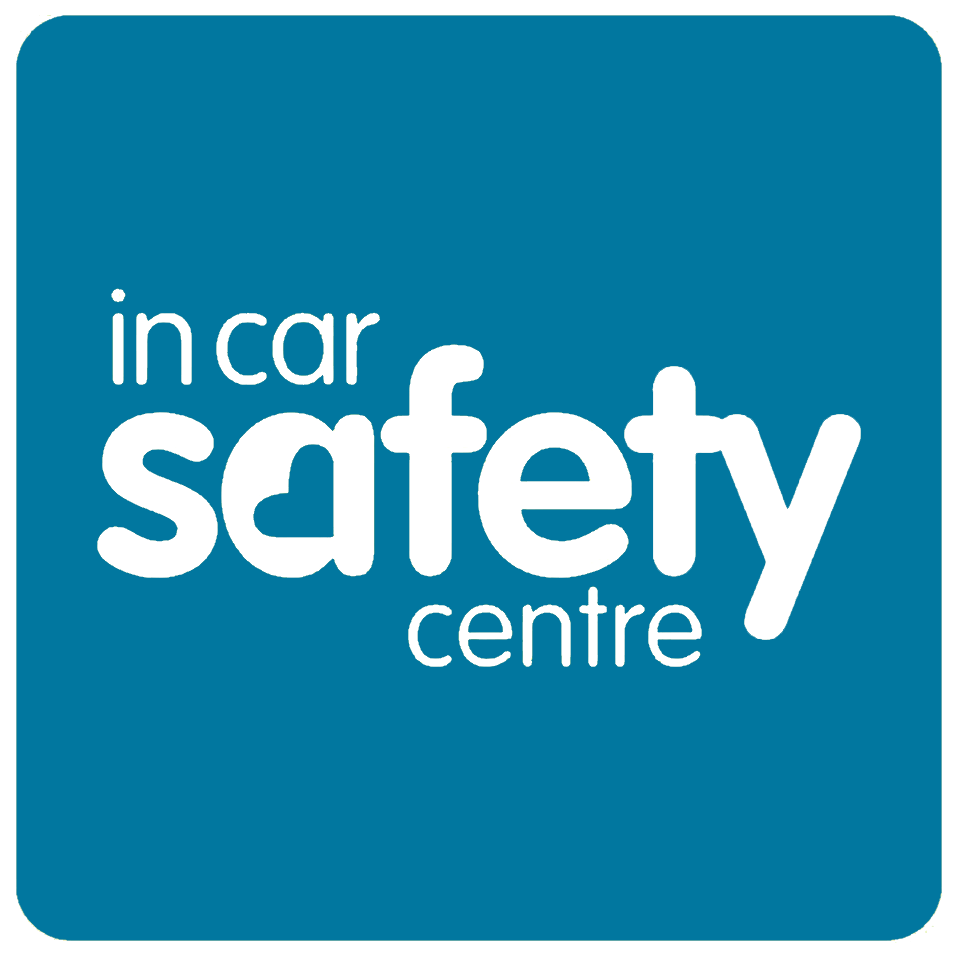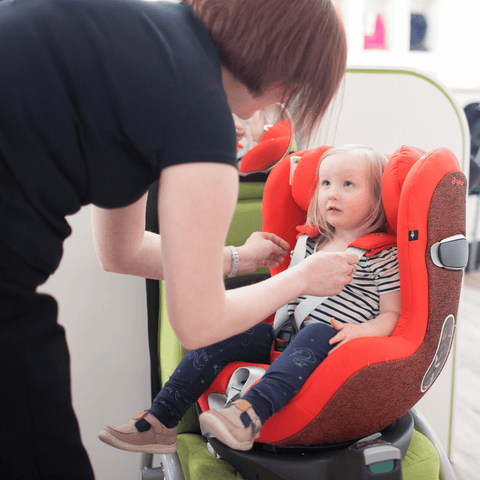How to Spot Counterfeit Car Seats and Ensure Your Child’s Safety
Counterfeit and poorly performing car seats have become a significant concern, posing serious risks to the safety of vulnerable children and babies. Unfortunately, counterfeit car seats have existed for decades, with some manufacturers prioritizing profit over the lives of children. It’s crucial for parents to be aware of the dangers these counterfeit products present and to know how to avoid them.
The Reality of Counterfeit Car Seats
Many car seats sold in the UK and Ireland exceed the stringent European safety standards, thanks to the demands of informed consumers and safety advocates. However, counterfeit children’s car seats continue to infiltrate the market, with some manufacturers turning a blind eye to the potentially devastating consequences of their actions.
At In Car Safety Centre, we regularly attend European and UK nursery trade shows to evaluate new products. Alarmingly, we often encounter car seats that do not meet the required European standards. These substandard products may enter the market through unscrupulous third parties, often sold online through mail-order platforms.
How to Identify a Counterfeit Car Seat
Spotting a counterfeit or below-standard car seat can be challenging, but there are some key indicators to watch out for:
-
Purchase from Reputable Retailers: The safest way to ensure you’re buying a genuine car seat is to purchase from a reputable retailer who sources directly from the manufacturer, not through a distributor.
-
Check for EU Approval: In the UK, only EU-approved child car seats are legal. Look for an orange label with codes like ECE R44-03, ECE R44-04, or ECE R129, indicating that the seat has passed EU safety testing. These labels confirm that the seat meets the necessary safety standards and can be legally sold in the UK.
-
Understand the ECE Label: The ECE label on a car seat provides essential information:
- Category and Weight Group: Indicates the seat’s approval for specific child categories and weight groups.
- 5-Point Harness Indicator: Shows if the seat includes a 5-point harness system.
- European Approval Indicator: Confirms the seat’s EU approval status.
- Country Code: Identifies the country where approval was obtained.
- Approval Number: The first two numbers show the version of ECE R44 or ECE R129 to which the seat has been approved.
- Control Number: This number is unique to the seat and can be traced back by the manufacturer to all components used in its production.
-
Beware of Fake Labels: Sophisticated counterfeiters may create fake labels that look similar to genuine ones, but these will not be authentic. Manufacturers like Britax can trace the control number (7) on the label to verify the seat’s authenticity.
-
Examine Physical Quality: Counterfeit seats may use cheap plastics that crack easily and lack energy-absorbing properties. The covers may be made from low-quality materials that could contain toxic chemicals, and the metal components might rust or break.
-
Scrutinize Instructions: Poorly translated instructions or incorrect use of local language can be a red flag. Also, counterfeit products are unlikely to have official YouTube videos showing how to correctly install the seat.
Avoiding the Dangers of Second-Hand Car Seats
Counterfeit seats often end up in the second-hand market, alongside seats involved in recalls, accidents, or those that no longer comply with current regulations. The best advice is to avoid buying second-hand seats entirely. When purchasing online, always buy from a trusted supplier, manufacturer, or retailer. If buying from a distributor, verify the source of the seats.
The integrity of the car seat you purchase could be the difference between life and death for your child. Be extra cautious, especially in light of the recent closure of Mothercare, as some sellers may falsely claim they are selling leftover stock.







Comments (0)
There are no comments for this article. Be the first one to leave a message!